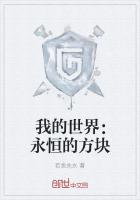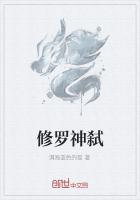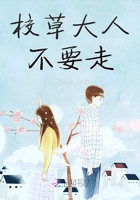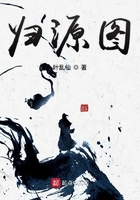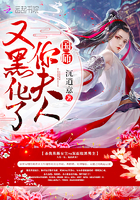Before 1905 they were little more than associations for mutual help, very weak, spending most of their energies in self-preservation from the police, and hiding their character as class organizations by electing more or less Liberal managers and employers as "honorary members." 1905, however, settled their revolutionary character.In September of that year there was a Conference at Moscow, where it was decided to call an All- Russian Trades Union Congress.Reaction in Russia made this impossible, and the most they could do was to have another small Conference in February, 1906, which, however, defined their object as that of creating a general Trade Union Movement organized on All-Russian lines.The temper of the Trades Unions then, and the condition of the country at that time, may be judged from the fact that although they were merely working for the right to form Unions, the right to strike, etc., they passed the following significant resolution: "Neither from the present Government nor from the future State Duma can be expected realization of ******* of coalition.This Conference considers the legalization of the Trades Unions under present conditions absolutely impossible." The Conference was right.For twelve years after that there were no TradesUnions Conferences in Russia.Not until June, 1917, three months after the March Revolution, was the third Trade Union Conference able to meet.This Conference reaffirmed the revolutionary character of the Russian Trades Unions.
At that time the dominant party in the Soviets was that of the Mensheviks, who were opposed to the formation of a Soviet Government, and were supporting the provisional Cabinet of Kerensky.The Trades Unions were actually at that time more revolutionary than the Soviets.This third Conference passed several resolutions, which show clearly enough that the present position of the Unions has not been brought about by any violence of the Communists from without, but was definitely promised by tendencies inside the Unions at a time when the Communists were probably the least authoritative party in Russia.This Conference of June, 1917, resolved that the Trades Unions should not only "remain militant class organizations...but...should support the activities of the Soviets of soldiers and deputies." They thus clearly showed on which side they stood in the struggle then proceeding.Nor was this all.They also, though the Mensheviks were still the dominant party, resolved on that system of internal organizations and grouping, which has been actually realized under the Communists.I quote again from the resolution of this Conference:
"The evolution of the economic struggle demands from the workers such forms of professional organization as, basing themselves on the connection between various groups of workers in the process of production, should unite within a general organization, and under general leadership, as large masses of workers as possible occupied in enterprises of the same kind, or in similar professions.With this object the workers should organize themselves professionally, not by shops or trades, but by productions, so that all the workers of a given enterprise should belong to one Union, even if they belong to different professions and even different productions." That which was then no more than a design is now an accurate description of Trades Union organization in Russia.Further, much that at present surprises the foreign inquirer was planned and considered desirable then, before the Communists had won a majorityeither in the Unions or in the Soviet.Thus this same third Conference resolved that "in the interests of greater efficiency and success in the economic struggle, a professional organization should be built on the principle of democratic centralism, assuring to every member a share in the affairs of the organization and, at the same time, obtaining unity in the leadership of the struggle." Finally,"Unity in the direction (leadership) of the economic struggle demands unity in the exchequer of the Trades Unions."The point that I wish to make in thus illustrating the pre-Communist tendencies of the Russian Trades Unions is not simply that if their present position is undesirable they have only themselves to thank for it, but that in Russia the Trades Union movement before the October Revolution was working in the direction of such a revolution, that the events of October represented something like a Trade Union victory, so that the present position of the Unions as part of the organization defending that victory, as part of the system of government set up by that revolution, is logical and was to be expected.I have illustrated this from resolutions, because these give statements in words easily comparable with whathas come to pass.It would be equally easy to point to deeds instead of words if we need more forcible though less accurate illustrations.
Thus, at the time of the Moscow Congress the Soviets, then Mensheviks, who were represented at the Congress (the object of the Congress was to whip up support for the Coalition Government) were against strikes of protest.The Trades Unions took a point of view nearer that of the Bolsheviks, and the strikes in Moscow took place in spite of the Soviets.After the Kornilov affair, when the Mensheviks were still struggling for coalition with the bourgeois parties, the Trades Unions quite definitely took the Bolshevik standpoint.At the so-called Democratic Conference, intended as a sort of life belt for the sinking Provisional Government, only eight of the Trades Union delegates voted for a continuance of the coalition, whereas seventy three voted against.
This consciously revolutionary character throughout their much shorter existence has distinguished Russian from, for example, English Trades Unions.It has set their course for them.







